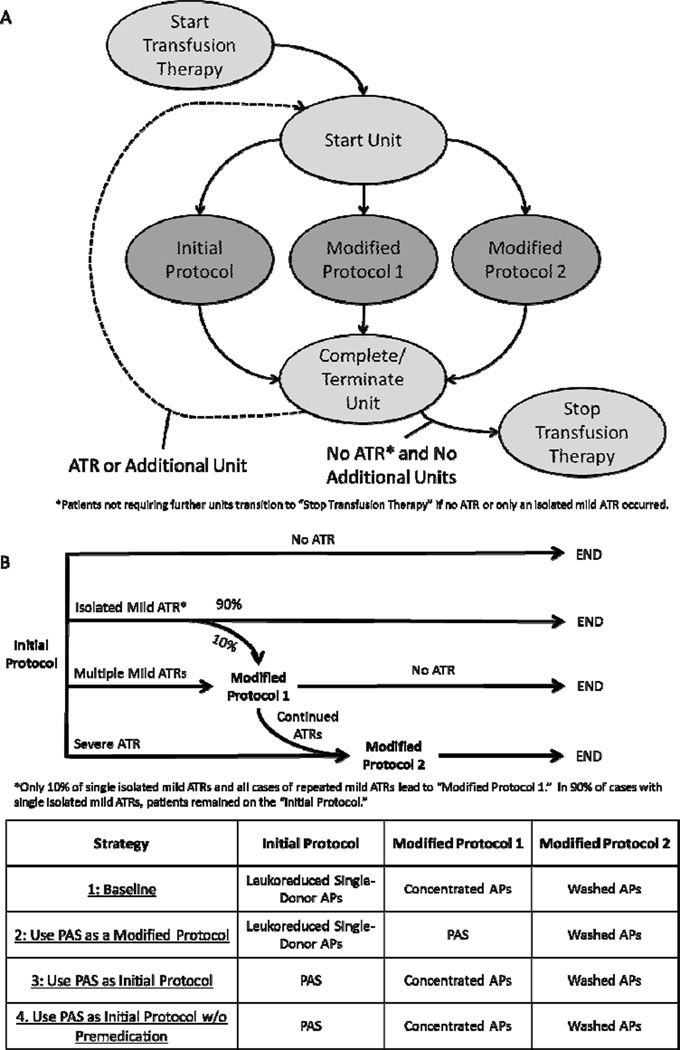Figure 1. Markov Bubble Diagram and Strategy Definitions.
(A) The transfusion procedure was modeled as a Markov process, where all patients began in the “Start Transfusion Therapy” state and transitioned in the next cycle to the “ Start Unit” state to correspond to beginning a new AP unit. Three additional Markov states defined the specific protocol used for transfusing the unit, and all patients proceeded to the “Complete/Terminate Unit” state. If an ATR occurred or another unit was needed, the patient transitioned to the “Start Unit” state, and if no other units were required and no ATRs occurred, the patient transitioned to the “Stop Transfusion Therapy” terminal state. ATR history was tracked, such that patients previously experiencing ATRs were placed immediately on the appropriate modified protocol when being transfused with a new unit. (B)Four strategies, differing by the protocols used initially and in response to allergic transfusion reactions (ATRs), were evaluated. Under each strategy, if multiple mild ATRs occurred in response to the “Initial Protocol,” patients were placed on “Modified Protocol 1.” In 10% of cases with isolated mild ATRs, patients were also placed on “Modified Protocol 1.” If, instead, a severe ATR occurred in response to the “Initial Protocol,” patients were placed on “Modified Protocol 2.” No changes in the transfusion procedure occurred if there was no ATR. If ATRs continued after being placed on “Modified Protocol 1,” patients were placed on “Modified Protocol 2.” Patients who were placed on modified protocols were maintained on those protocols for further AP transfusions.

